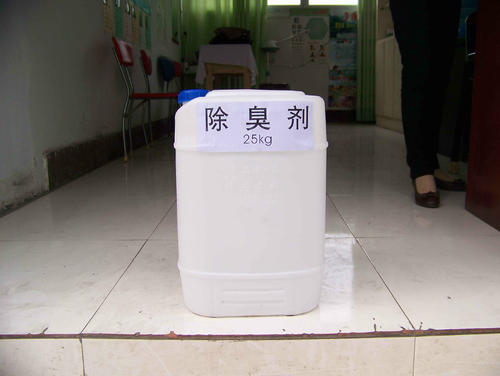The importance of using deodorants in daily life
In densely populated big cities, residual disposal is a headache inducing issue. The common practice is to collect and send it to the landfill area, or use an incinerator for incineration. But both will create environmental maintenance issues, and stopping excessive consumption can further reduce the saturation level of landfills. Improper disposal of residues in landfills can pollute open water and emit odors, and the available landfill area in many cities is decreasing.
Incineration cannot prevent the generation of toxic gases that can harm living organisms. Most cities are discussing ways to reduce residual occurrences and advocating for resource recycling. The natural plant residual deodorant (plant low-temperature dry distillation extract) is atomized by deodorization equipment to form a mist, and the radius of dispersed droplets in space is ≤ 0.04mm. The droplets have a large specific surface area and a large surface energy, with a uniform concentration of about tens of kilocalories per mole.

This order of magnitude of energy is already 1/3-1/4 of the bond energy in many elements. The surface of the solution can not only effectively adsorb odorous molecules in the air, but also modify the planar configuration of the adsorbed odorous molecules, weaken the chemical bonds in the odorous molecules, increase the instability of the odorous molecules, and easily react with other molecules and acidic buffer solutions in plant fluids, resulting in the formation of odorless substances.
If hydrogen sulfide reacts with plant liquid to generate sulfate ions and water; Ammonia generates nitrogen and water under the effect of plant sap. The residual deodorizing agent uses superior plant extraction technology to extract effective ingredients from the roots, stems, leaves, and flowers and fruits of over 300 plants. Under high-energy radiation, it has a great effect and improves the activity of plant fluids. It can quickly undergo chemical reactions such as polymerization, substitution, displacement, and adsorption with various harmful and odorous molecules, making them odorless molecules.
Article source: Deodorant manufacturer http://www.scneng.com.hk
-
06-11
"Environmental Doctor" Du Siyuan: Environmental Protection is a Lifestyle Attitude
There is a Hong Kong compatriot in Jiangmen who often frequents various farms and plantations, walks in mechanical factories, and is seen by others as the nemesis of environmental problems. He conside
-
03-16
Deodorant manufacturer: Deodorants reduce soil pollution
Waste is a chaotic mixture of various components. The accumulation of debris on the surface of soil can cause some chemical reactions, releasing harmful gases, which can lead to soil pollution and eve
-
12-01
Deodorant Manufacturers: Differences between Microbial Deodorants and Traditional Deodorants
The waste that is not needed in our daily life and work is called waste. Due to the large amount of waste discharged and the complex categories, there are great difficulties in reducing waste and deod
-
11-08
Application of Deodorant Manufacturers in Domestic Waste Treatment
Garbage is the waste generated in everyone's daily life and work. Due to its large discharge volume and complex and diverse composition, it poses great difficulties in reducing and deodorizing wa
